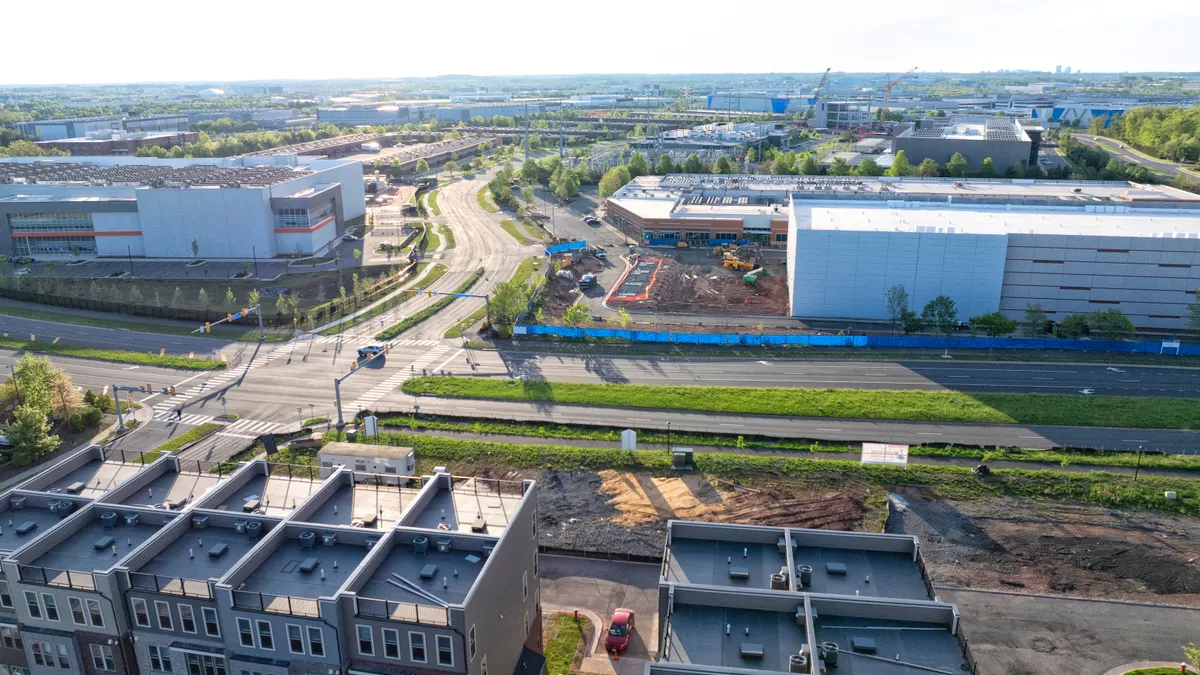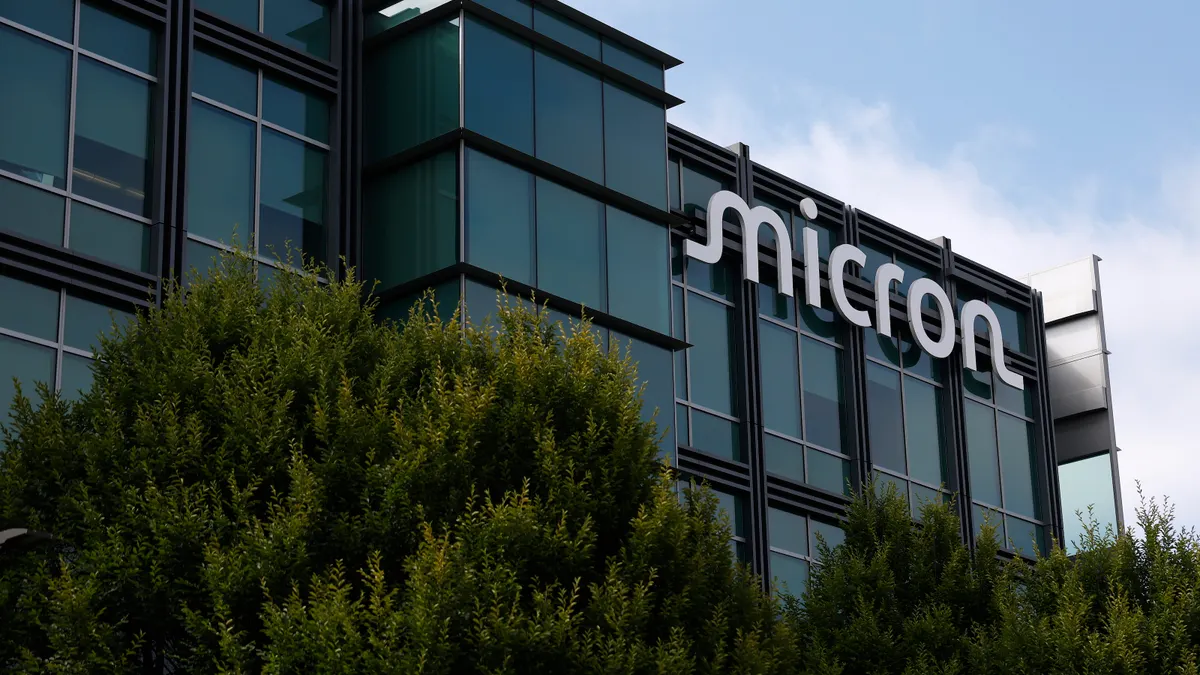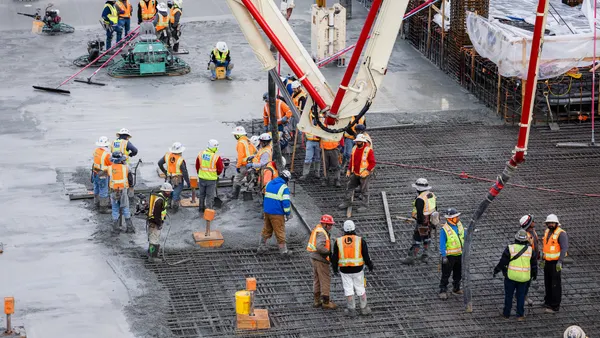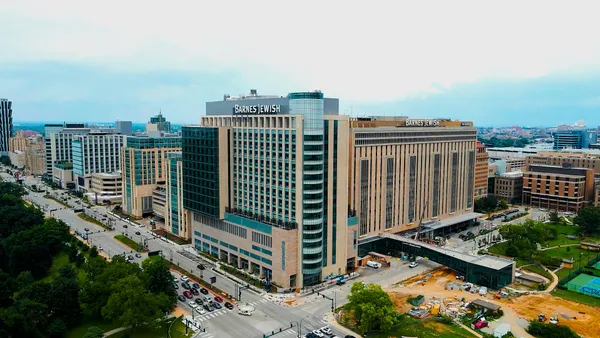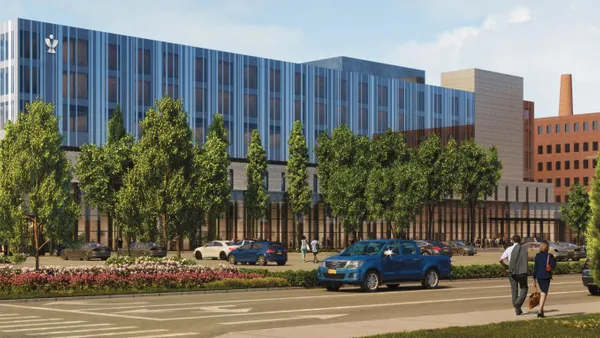Dive Brief:
- A new White House directive aims to accelerate federal permitting and unlock financial incentives for large-scale data center builds, along with related energy and manufacturing projects, according to a July 23 executive order signed by President Donald Trump.
- The order expands access to federal lands and lifts key environmental review hurdles, while opening the door to grants, tax credits and loan guarantees for qualifying projects.
- The executive order sharply reduces permitting friction for megaprojects valued in the hundreds of millions of dollars. Those kinds of builds have largely buoyed overall construction momentum this year.
Dive Insight:
The move comes as data center builds surge nationwide, even as contractors contend with issues around power and total project costs.
To ease the strain, the Trump administration aims to accelerate approvals for large-scale facilities such as data centers and related energy and manufacturing projects. The order directs agencies to expand categorical exclusions under the National Environmental Policy Act and develop permitting efficiencies under laws such as the Clean Air Act and Clean Water Act.
Projects qualify if they cost at least $500 million, use more than 100 megawatts of electricity or get tagged as high-priority by federal agencies.
It also directs the EPA to identify brownfield and Superfund sites for reuse, and instructs federal agencies to authorize development on federal lands that could support qualifying projects.
That push for speed coincides with a wave of new data center investment. For example, CoreWeave recently tapped Turner and Wohlsen Construction to deliver a $6 billion data center facility in Lancaster, Pennsylvania. Tech giant Google also recently pledged more than $25 billion to expand its artificial intelligence infrastructure.
About one in seven Associated Builders and Contractors members now hold an active data center contract, according to the trade association.
Contractors say demand around data center construction remains high, especially for projects in early-stage planning.
Yet, momentum often stalls when developers face delays securing power. Adding to that strain are long equipment lead times. Components such as transformers and switchgear can take more than a year to arrive, while overall input costs now sit 2.5% higher than a year ago.
That’s forcing contractors such as Kansas City, Missouri-based JE Dunn Construction to lock in procurement decisions far earlier than in the past.
“We track medium-voltage cable, generators, transformers, fiber [and] follow lead times of structural steel, precast and anything else that may affect our clients receiving the product in a timely manner,” said Chris Teddy, national director of mission critical at JE Dunn. “Getting ahead of supply chain constraints and cost volatility can make all the difference.”



